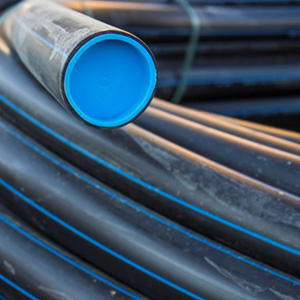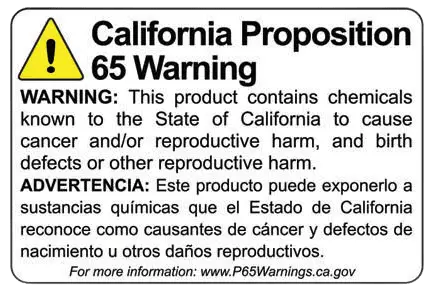 Heat shrink tubing has numerous applications in the automotive industry due to its versatility and protective qualities. Here are some common automotive uses:
Heat shrink tubing has numerous applications in the automotive industry due to its versatility and protective qualities. Here are some common automotive uses:
- Electrical Insulation: Heat shrink tubing is frequently used to insulate electrical wires and connections, preventing short circuits and protecting against electrical interference.
- Wire Bundling: It helps organize and secure bundles of wires, reducing clutter and minimizing the risk of damage due to friction or vibration.
- Strain Relief: By covering the connection points, heat shrink tubing provides strain relief, preventing wires from bending or breaking at the connection point.
- Corrosion Protection: It protects metal parts from moisture and corrosive elements, extending the life of electrical connections and components.
- Connector Protection: Heat shrink is used to seal and protect connectors, ensuring a tight and waterproof seal that keeps out dust, moisture, and other contaminants.
- Labeling and Identification: Colored heat shrink tubing can be used to label and identify different wires and cables, making it easier to trace and troubleshoot electrical systems.
- Repairing Damaged Insulation: Heat shrink can be used to repair worn or damaged insulation on wires, restoring their protective properties without needing to replace the entire wire.
- Abrasion Resistance: It provides an extra layer of protection against abrasion, which is particularly useful in areas where wires may rub against other components or surfaces.
- Battery Terminal Protection: Heat shrink tubing is used to cover battery terminals, preventing accidental short circuits and protecting against corrosion.
- Engine Bay Protection: In the engine bay, heat shrink tubing can protect wires and cables from heat, oil, and other harsh conditions.
These applications make heat shrink tubing an essential tool in automotive maintenance and repair, ensuring the reliability and longevity of electrical systems.


